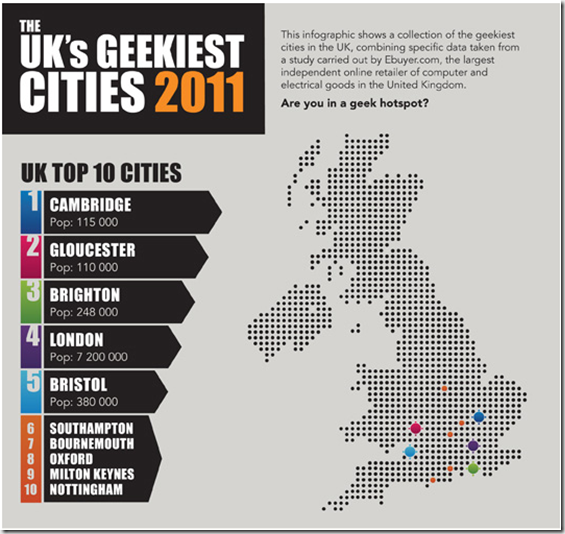This post has been taken from an excerpt from our book: Digital Marketer, published by the BCS.
There has been a huge shift in approaches to the way that we market to our customers. The introduction of digital marketing has been seismic across the marketing industry.
In the past, traditional marketing skills covered such areas as creating a marketing plan. These plans incorporated messaging, defining customer value propositions and key goals that could be broken down into separate strategic initiatives and action plans. Digital marketing still needs a lot of the same thinking as traditional marketing. Advances in technology such as data mining, analytics, and digital tools make a lot of things easier to research and deliver. Digital marketing also builds more upon relationships. As interactions between you and your customer can be easier to track in the digital world, it becomes easier to understand what themes your customers are most likely to respond to.
Digital Marketing vs Traditional Marketing
The main differences between traditional and digital marketing approaches over the past few years tend to fall into these categories.
Dramatic increase in speed from the initial idea of a concept through to execution of the campaign. What used to take months in the past now can take hours or days. Think of a glossy magazine or journal going to press on a regular basis. Formats such as settings, layout, ad inserts and interview take up the bulk of the design team’s time. Event meetings to discuss the front cover can take days. Now in the digital world, online formats can be tweaked and publications can be adjusted digitally to highlighting the latest marketing message.
Democratisation of taste. Once we slavishly followed the designers, style makers, and fashion critics telling us what they had decided were the next big trends coming out of New York, London or Paris. What theese pundits said, became the trends we followed. Now ordinary people garner huge followings as they document their styles on Instagram. We follow lifestyle Pinterest boards and consume fashion blogs written by people that match our own perceptions of good taste.
Enhanced analytics. Technology platforms are able to give deeper analysis automatically of what users are doing online and will give you a really accurate picture of your customer. You can track their journey through your online store, discover hotspots on the page, and use this to market far more effectively than was possible in an analogue world.
Relationship and community building. In the past it might have taken years for word-of-mouth and geographic barriers to be overcome for a business whilst it built up its reputation. Now the internet allows businesses to have paying customers at a far distance. Therefore, brands needs to watch how the social conversations online are managed. Active management of brand or product perception now needs to be looked after 24 hours a day, seven days a week.
Rapid change in customers perception. What really matters to customers one day could become irrelevant noise tomorrow. You need to continually keep up to date with technology advances and changes in public sentiment to have on-going good quality online conversations and relationships with your online group.
Because our digital attention span does have its limits, you will be able to make use of digital marketing analytics tools to understand the effectiveness of a campaign, often in real time – and respond accordingly.
Related Content
- Getting started with digital marketing
- Creating your digital marketing strategy and setting goals
- How to create a digital marketing playbook
- Digital marketing frameworks–things to consider
- Digital marketing platform fundamentals
- Choosing the right online channels to get the best reach
- Analytics platforms – and why you need one
- Visual marketing basics–static images and infographics
- Public relations skills for marketers






 So we’re moving more and more towards a unified inbox. With Exchange, Unified messaging and Unified Communications, Microsoft hope that, at least in the Enterprise, then the Unified Inbox will be Exchange.
So we’re moving more and more towards a unified inbox. With Exchange, Unified messaging and Unified Communications, Microsoft hope that, at least in the Enterprise, then the Unified Inbox will be Exchange. 